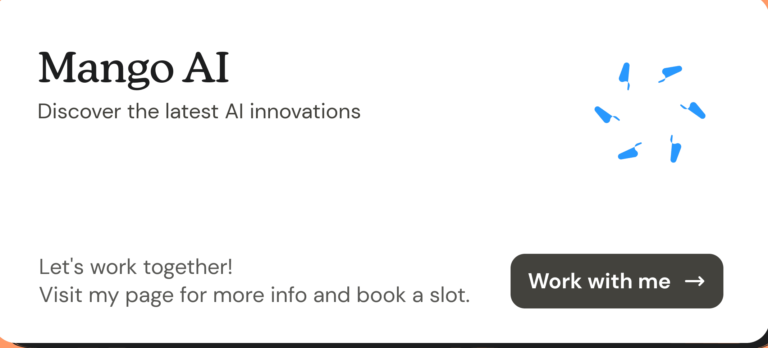Ruby on Rails Progressive Web App Checklist: Best Practices for PWAs
Progressive Web Apps (PWAs) are revolutionizing how users interact with web applications by combining the best features of web and mobile apps. For developers, it is possible to mix Ruby on Rails and PWAs to improve user engagement, have better performance, and enable micro apps from different platforms to work smoothly.
Ruby on Rails in Progressive Web Apps Development
Ruby-on-Rails is a popular framework that is unique in that it helps to produce high-quality web apps very quickly. It gives us a great starting point to build PWAs. Unlike other frameworks, it has got so many notable features; the most prominent of them is the convention over configuration approach, powerful libraries, and built-in test tools.
With these tools, the main difficulties that are associated with website development are indeed simplified. When you hire dedicated Ruby on Rails developers, they can leverage these capabilities to build adaptable, secure, and effective apps that behave like native apps on mobile devices.
Streamlined Development Process
Rails developers benefit from a streamlined development process, where much of the required functionality is either built-in or easily integrated through RubyGems. Due to this, developers are able to bypass the necessity to develop the entire software from the ground up and direct their attention to creating distinctive things.
Essential Best Practices for Rails PWAs
- Streamline Your Asset Management
Effective asset management is important when it comes to PWA development. RoR simplifies this process with the asset pipeline. Asset pipeline helps in the compilation, minification, and compression of JavaScript, CSS, and images. When developers reduce the number and size of assets that are served, it becomes easy to reduce the load times and increase the overall performance of the application.
- Implement Service Workers
Service workers are basically scripts that are separate from the web pages. They run in the background and enable features that don’t need a web page or user interaction. In Ruby on Rails, you can integrate service workers using JavaScript or through gems like serviceworker-rails. This is how they keep the workflow running smoothly.
Service employees also perform the function of holding and retrieving resource files and they are the center of a good PWA experience.
- Responsive and Mobile-First Design
Adopting a responsive and mobile-first design is non-negotiable in PWA development. Ruby on Rails facilitates this through its responsive design helpers and seamless integration with CSS frameworks like Bootstrap or Foundation. It is beneficial to have an application that is supported on different devices because this enhances user experience and increases engagement.
- Ensure a Secure HTTPS Connection
Deploying your Rails application over HTTPS is essential not only for security but also for PWA functionality. Many PWA features, such as service workers, require HTTPS to operate securely. This ensures all user data transmitted remains encrypted and safe from interception.
- Leverage Push Notifications
Push notifications become one of the most useful and powerful tools to improve user engagement. They help developers to relay the information and send timely updates to the users to keep the connection and inform them. In Rails, implementing push notifications can involve third-party services. This provide cross-platform support to ensure messages reach your audience regardless of their device.
- Detailed Testing Across Devices and Browsers
Testing is very important while developing PWA, as it helps with having features running consistently across various devices and browsers. The test-driven development approach is one of the features Ruby on Rails supports. Development teams should apply it when testing functionality, load distribution, and performance in various conditions.
Conclusion
Making a Progressive Web Application with Ruby on Rails carries a number of advantages, namely enhancing performance and user engagement as well as offline operation and functionality. By following the best practices developers can create superior PWAs that leverage the full capabilities of the web and native platforms.







